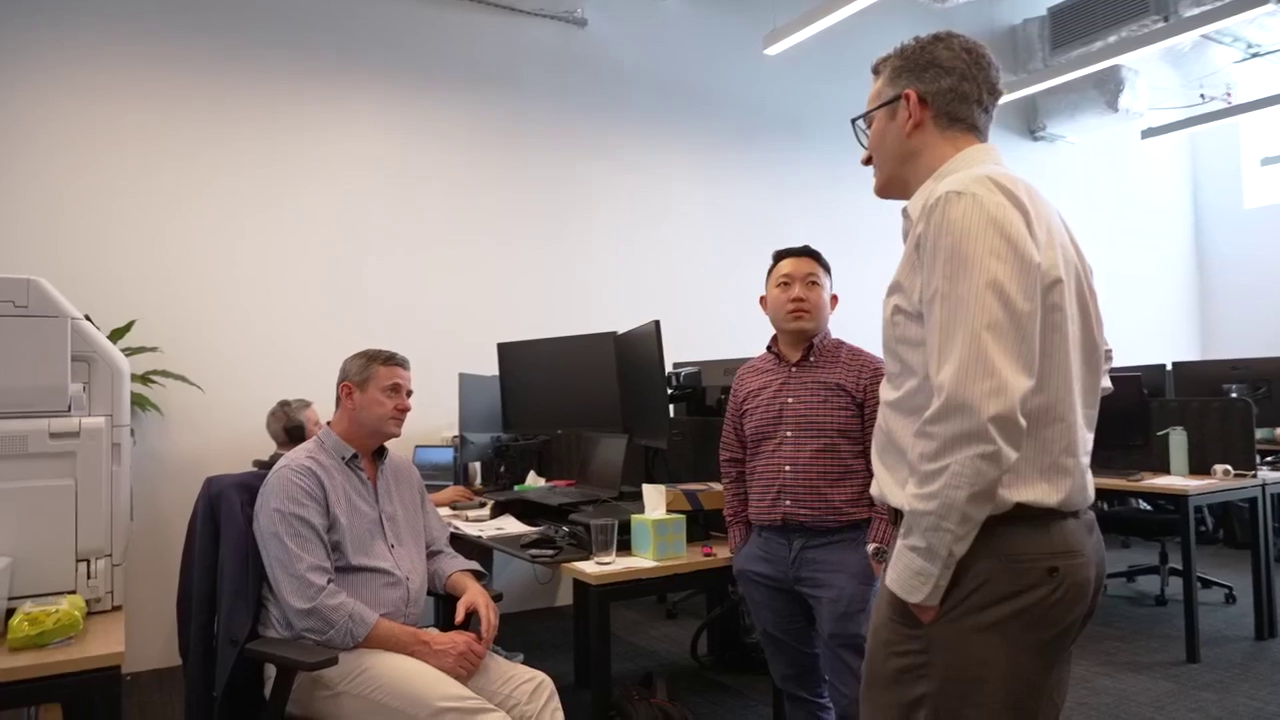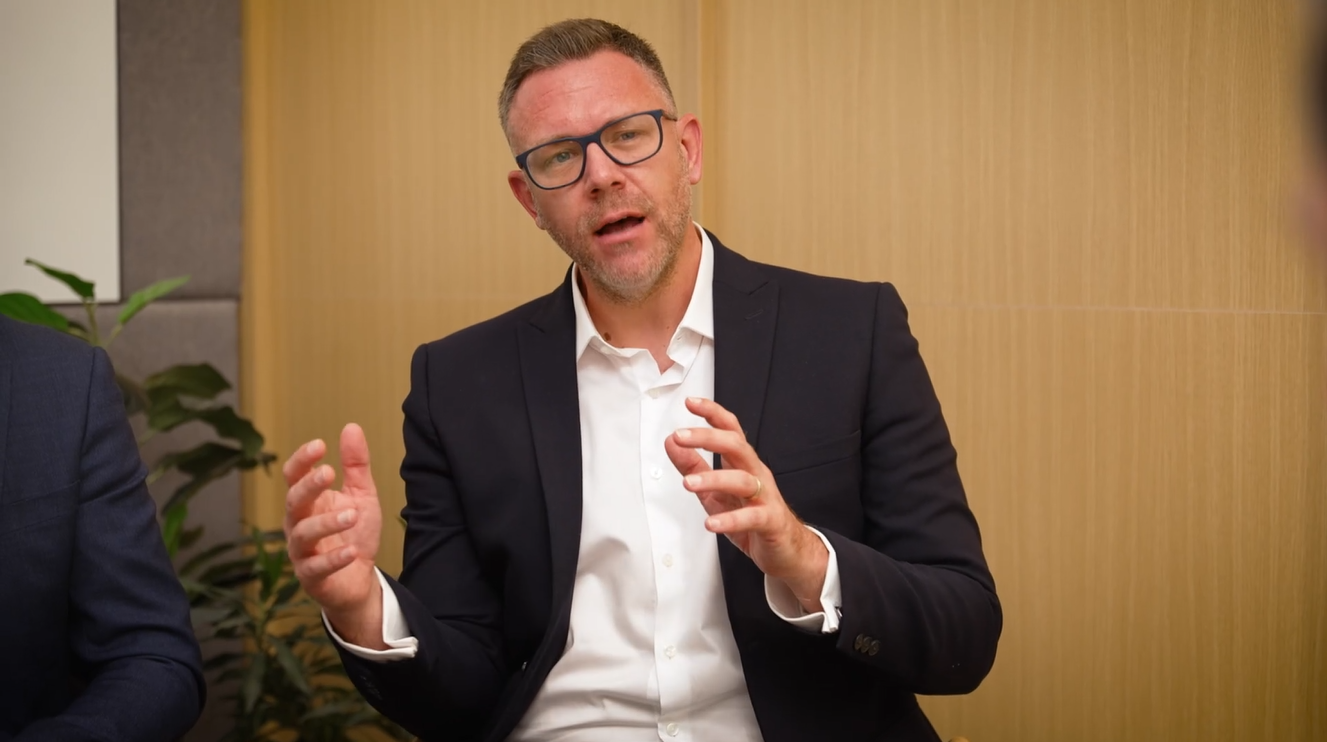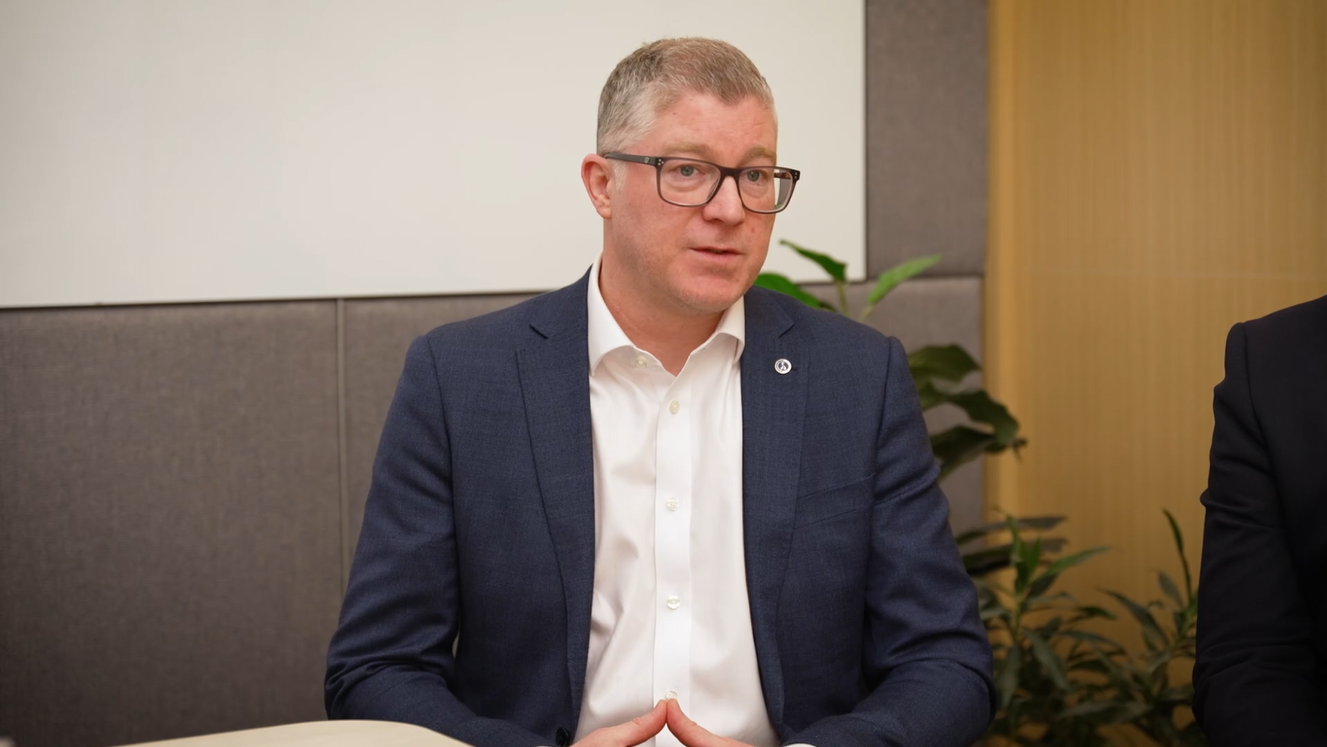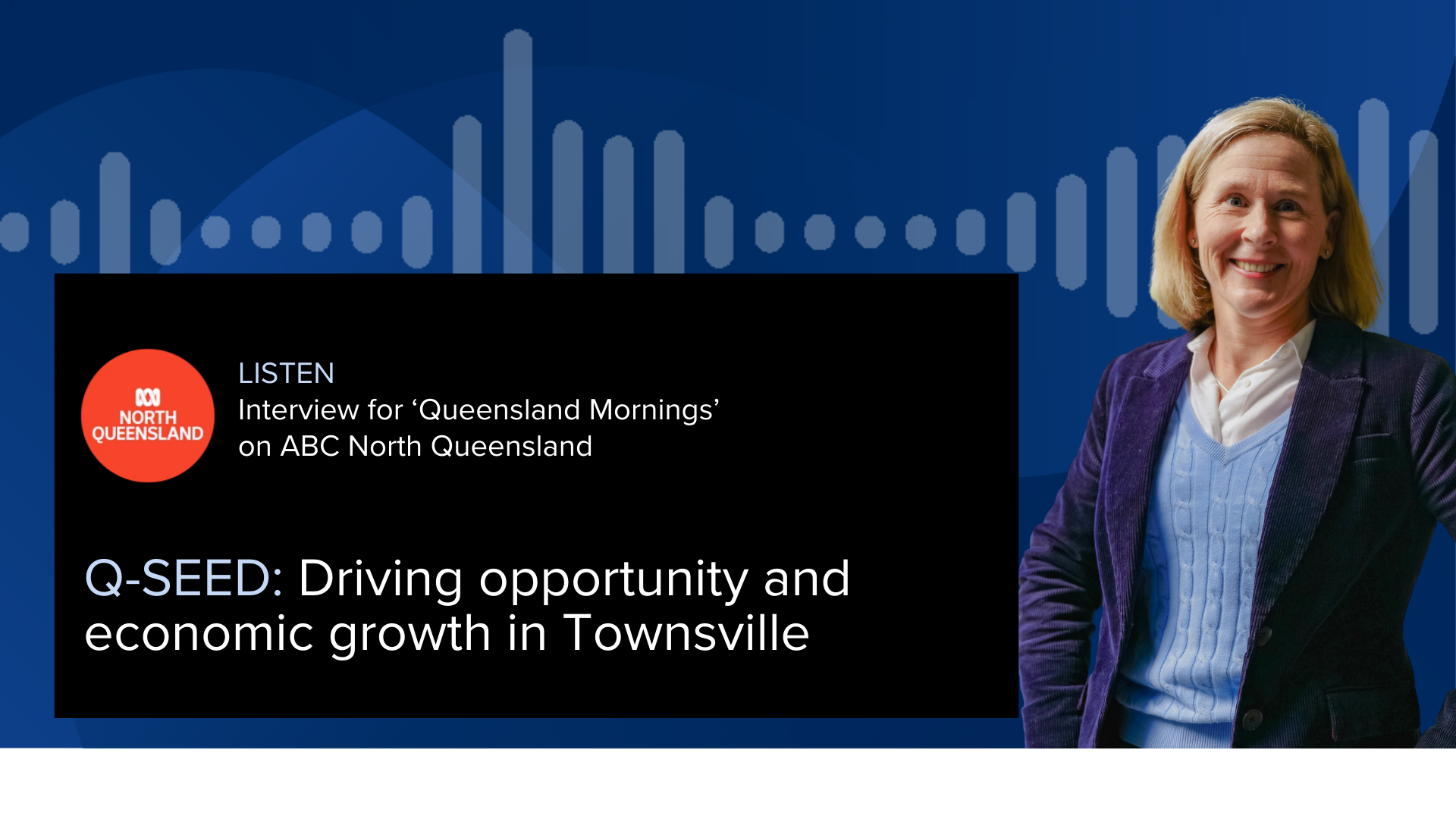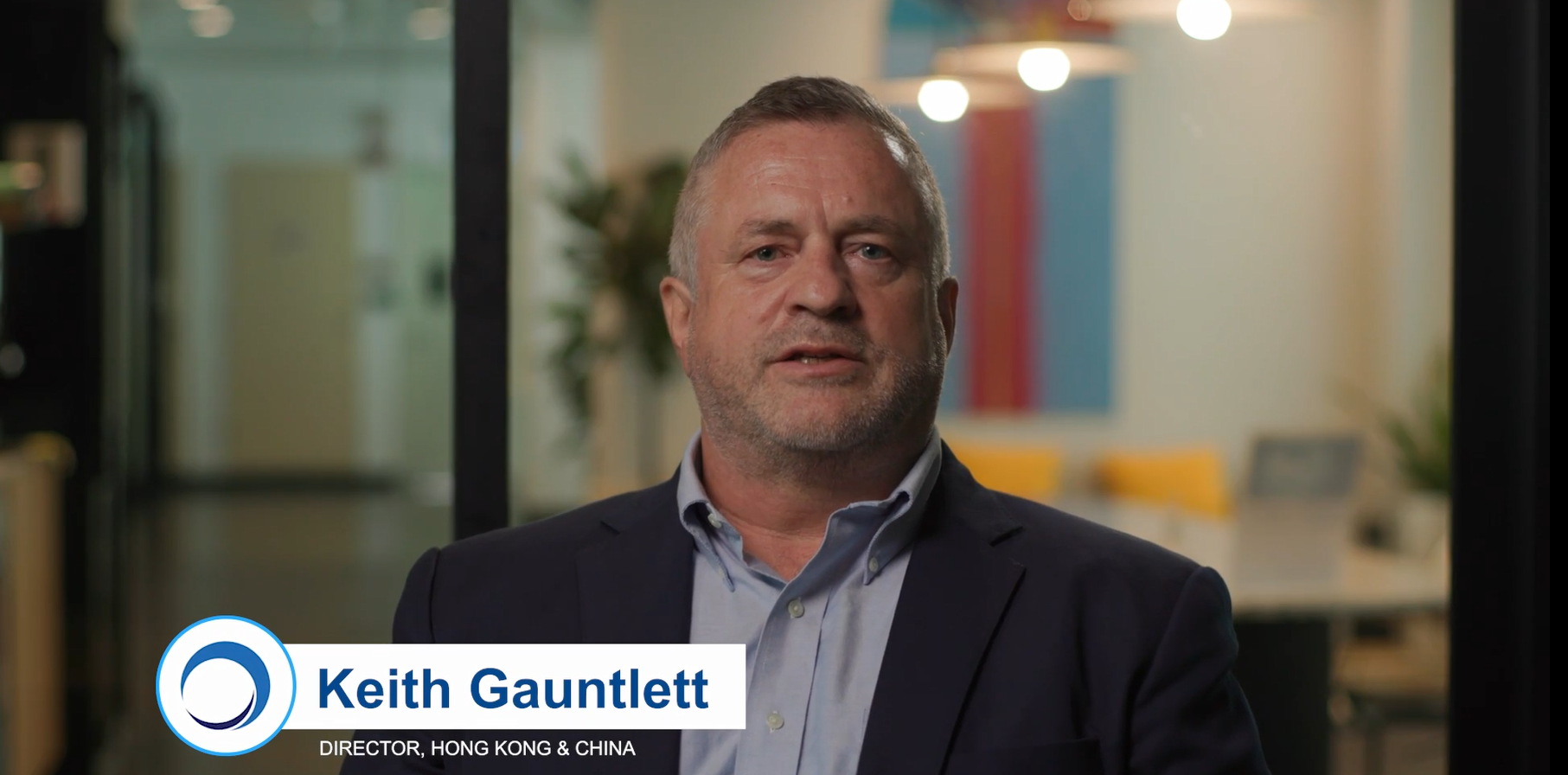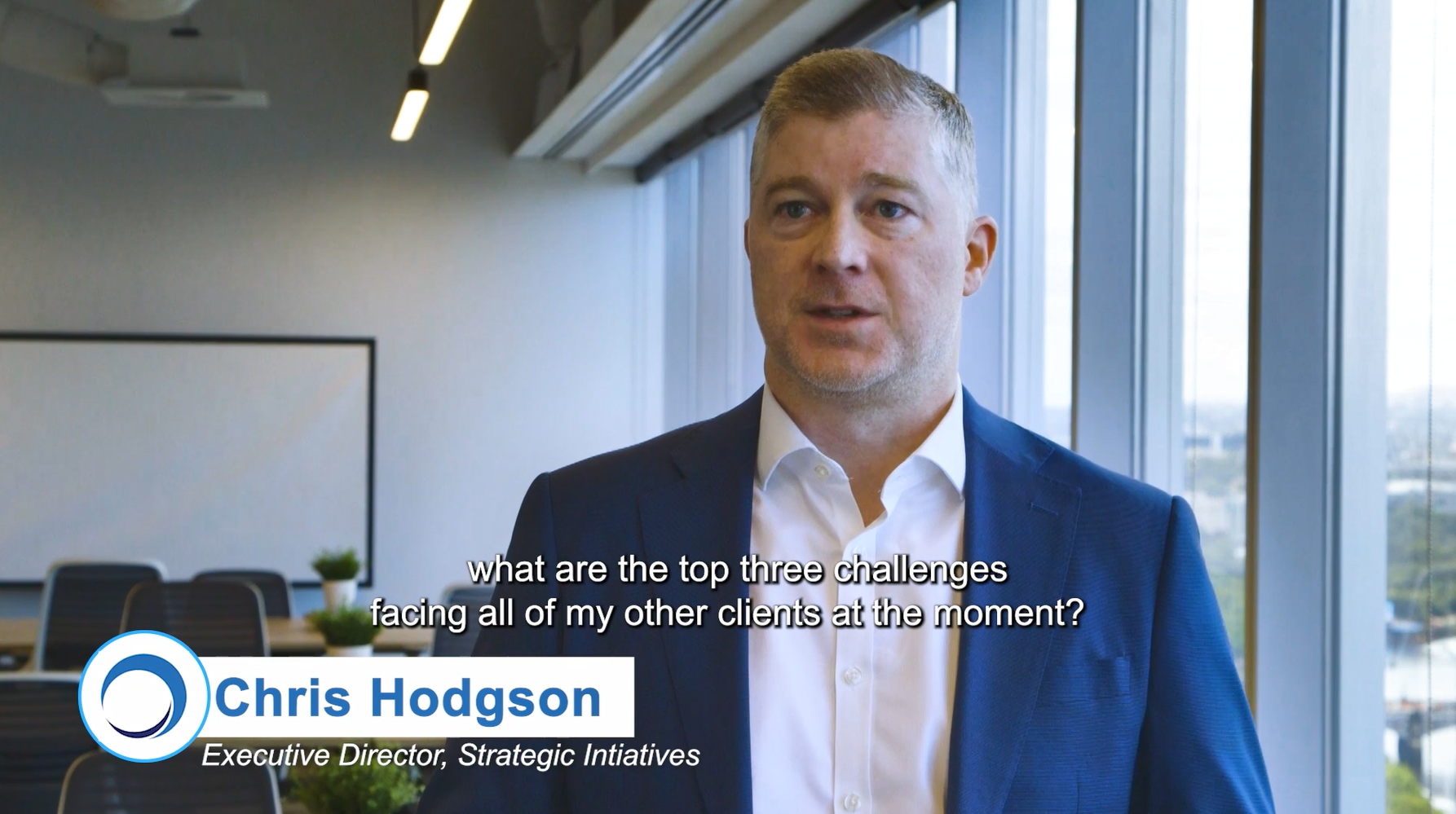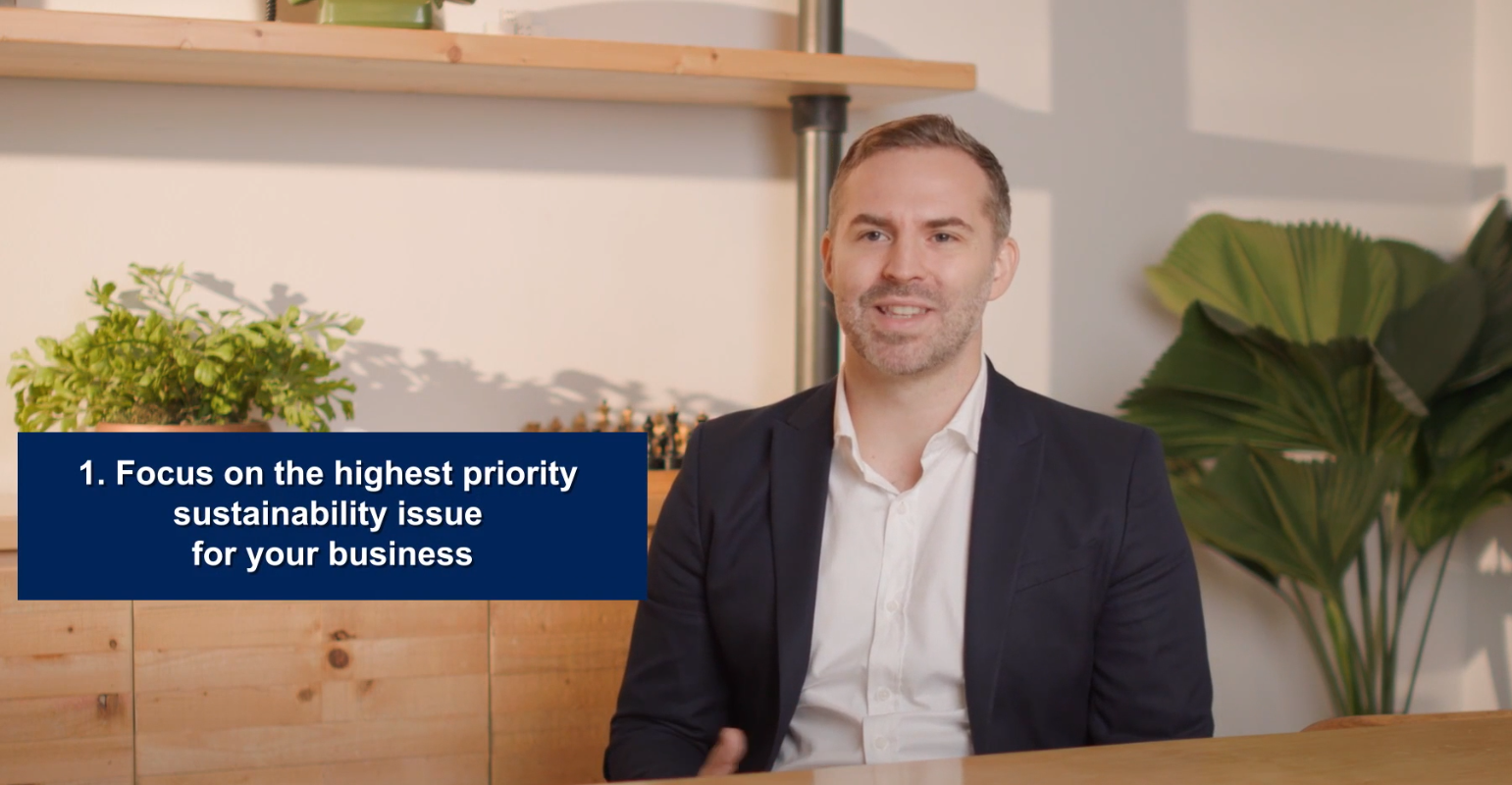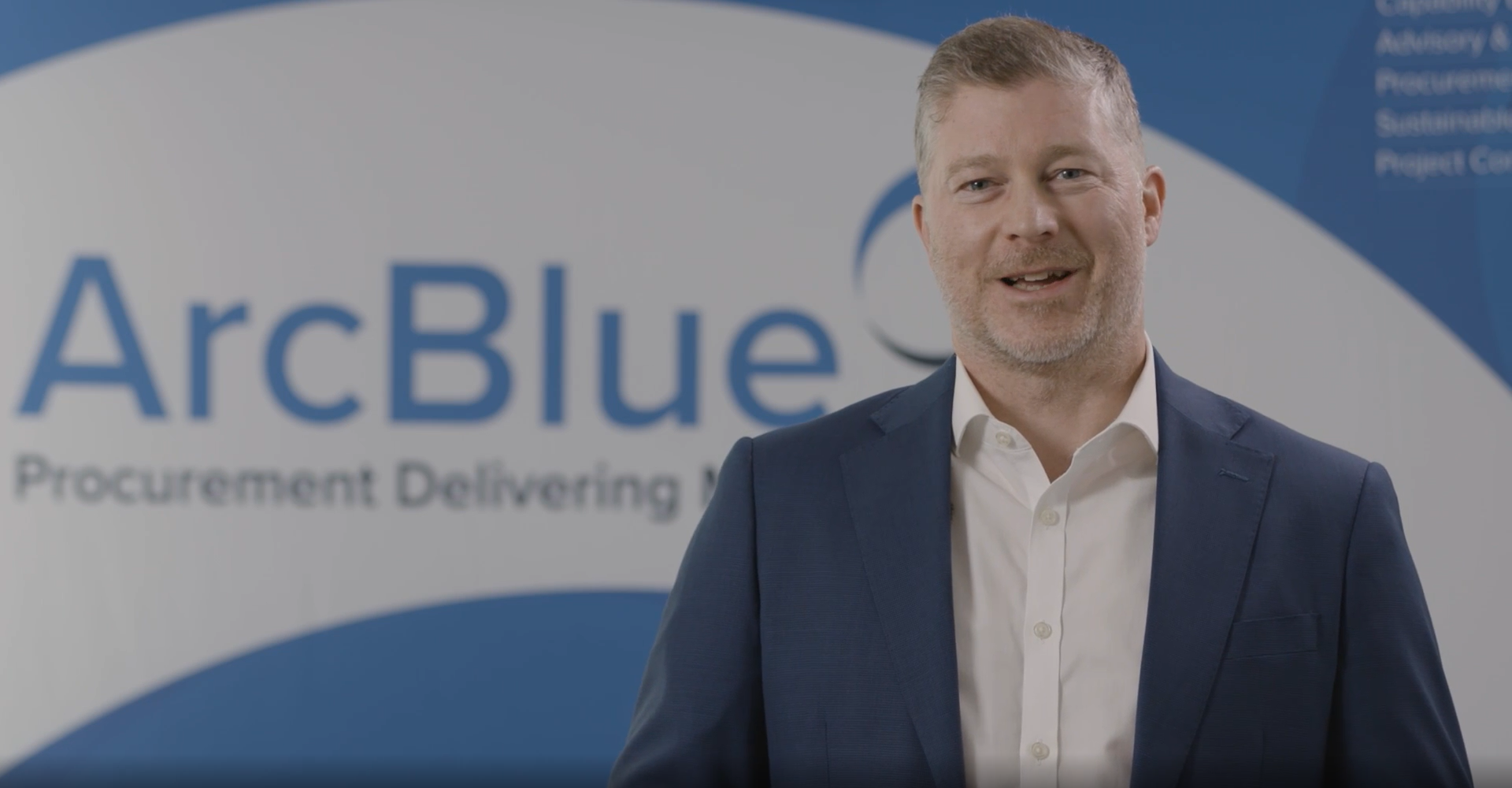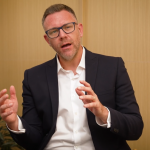- VIDEO
Cost Optimisation Series:
Part 3 - Maintaining the Value and Recognising Success and Talent
December 2024
“Think about making the (savings) program an ongoing program and ideally build the muscle internally in your business to have that mindset around productivity…” ArcBlue’s Savings Programme experts, Chris Hodgson and Chris Gardner, dive into building sustainable savings programs, celebrating wins, and attracting the right talent to thrive in high-pressure, value-driven environments.
Featured
Related Services
Transcript
Dan R: Chris, CFOs are now introducing cash flow and working capital considerations as part of savings programs. What challenges do you see with achieving some of these targets?
Chris H: When clients approach us for help, we hear that they’ve done this before, they got them, but the savings didn’t stick. So, there’s the programmatical side of it where you identify the value, you hunt the value, and you execute the value.
What often gets left behind and forgotten is the sustainment process – what changes are we making in our business from a behaviour, from a process, from a control and compliance perspective? As Chris often says, screwing the lid back on the bottle. How do you keep the savings in the business?
It doesn’t stop when the contract is signed off and the deal is done. You do need to think about the processes and the controls that you’re going to put in place to sustain that. Sometimes that’s with people, sometimes that’s through process re-engineering and systems, but it’s really important to recognise that it is a never-ending cycle, unfortunately. It sounds exhausting, but it is something that you can run as a program. You do need to continue to think about how to contain it.
And then, when you’ve addressed spend in one area, there’s probably spend going to squeeze out and pop out in another area that can be addressed. So, think about making the program an ongoing program and ideally build the muscle internally in your business to have that mindset around productivity. But celebrate the success.
And I think visibly, talk about the reinvestment. So, we’ve saved some money for the business. Obviously, there’s bottom line EBIT contribution there. But how are we going to reinvest? Are we reinvesting in sustainability initiatives? Are there some social initiatives? Are there internal capability initiatives? Let’s talk about what we’re doing with that money, because it’s a lot more motivating for the team to understand that the work that they’ve done has then contributed to some benefits outside of EBIT. EBIT is obviously very important, but what else are we doing with those benefits?
Dan R: Once a cost savings program is complete, how do we celebrate the success?
Chris G: Well, I’m going to start with one thing you just said. And the way you framed the question, Dan, which is at the end of a savings program. Chris made the point earlier – a savings program doesn’t end, it evolves. It’s very much that cliché of it’s a journey, it’s not a destination. So, my encouragement would be to say, what’s the next iteration? How does it evolve? How are we growing the capability, not only to sustain it, but to look at what the current need is? Is that still as relevant as it was previously? But also, what does the future of the business look like and the future of the wider world? What can I start doing today to get ahead of some of that? And how am I reinvesting some of those savings to ensure that I’m positioning the business in a place where I can grow that capability, I can invest in technology, but also from an investor perspective, I can add additional revenue to the bottom line?
Chris H: Yeah, 100% agree, I think celebrate the successes. It’s not over. Keep going. And if we can adopt this into practice so that we’re not actually running a savings program, that’s the ideal, right? So, this just becomes BAU, it’s how we operate, we hunt for value, we deliver, we hunt for value, we sustain it. And I think that’s where we would like to see the industry go from a capability perspective.
Dan R: Cost saving programs require a higher level of talent in procurement to be able to find non-traditional areas of savings. What can procurement be doing to attract talent into these types of programs?
Chris H: It’s a very big question, that one Dan. There’s a whole talent war, not just in our market in the APAC region where we operate, but globally. And I think you’ll find that the world’s best procurement talent is taken up, sought after and highly contested. So, it’s a problem for everybody.
I think that in a savings program environment, it can be high pressure, high expectation and high velocity. So, it suits a particular type of individual, if I can be bold. It’s not for everybody. But also, that mindset around the value hunt. And obviously, procurement traditionally is excellent at running competitive processes and managing competitive tension, and usually has real strength in negotiation. When we run savings programs, we do all of that. But we’re also looking at the demand side levers like, what could we do differently? How could we approach this supply, this category differently? What levers could we pull to then create value outside of the negotiation and outside of the traditional competitive tension? And that’s a particular mindset, it’s a particular individual that you would look for in that program. And of course, everybody wants those people.
Dan R: Chris, what are some of the attributes of a high performing team?
Chris G: I think procurement has a role to play to be an enabler. There’s an often-overused term around business partnering, but I think the key characteristics there are: be engaging, hear what your stakeholders are really telling you, have the empathy, but also be authentic within the business as well.
I think procurement needs to be inquisitive about the world around them, but also about the business. And there needs to be, and dare I say it, a real passion for this. Chris mentioned around value discovery. You’ve really got to want to do this and feel the confidence and feel the believability, and really to push that back out into the business if you’re going to go on that journey together.
KEEP WATCHING







